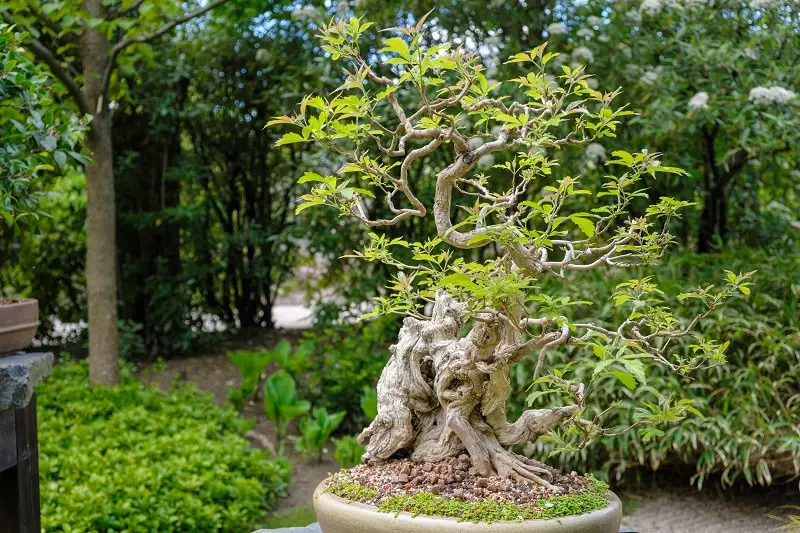Bonsai trees, miniature marvels cultivated with precision, have garnered significant attention and admiration worldwide. Within the realm of these exquisite botanical wonders, some specimens stand out not only for their beauty but also for their astounding price tags.

World’s Most Expensive Bonsai Trees
Bonsai, originating from the Japanese words ‘bon’ (meaning tray) and ‘sai’ (meaning plant), represents an art form that involves growing trees and shrubs in containers, meticulously shaping them to mimic the appearance of their full-sized counterparts. This ancient practice is not merely gardening; it’s a fusion of horticulture and artistic expression.
What Makes Bonsai Trees Valuable?
The value of a bonsai tree extends beyond its size and age. These miniature trees embody history, craftsmanship, and unique characteristics, contributing to their monetary worth. Their rarity and individual stories often elevate their value to astonishing heights.
Understanding the Most Expensive Bonsai Trees
Certain bonsai trees possess an aura of prestige and opulence due to their historical significance or exceptional traits. Trees like the “Ficus retusa” or “Pine Bonsai” have been known to fetch prices reaching astronomical figures, owing to their age, lineage, and exceptional aesthetics.
The Top Five Most Expensive Bonsai Trees
- The Ficus retusa: A Testament to Time and Patience
- Price: A staggering $1.3 million
- Age: Over 800 years
- Remarkable Features: Intricate trunk structure and rare foliage
- Pine Bonsai: A Symbol of Elegance
- Price: Around $1.2 million
- Age: Over 500 years
- Notable Traits: Delicate needle-like foliage and graceful silhouette
- The Japanese White Pine: A Prized Possession
- Price: Approximately $1 million
- Age: Over 400 years
- Distinctive Features: Fine-textured needles and impeccable balance
- The Shimpaku Juniper: An Artistic Masterpiece
- Price: Valued at $700,000
- Age: Around 300 years
- Unique Traits: Twisty branches and dense foliage
- The Azalea Bonsai: A Burst of Floral Extravaganza
- Price: Commanding around $600,000
- Age: Over 100 years
- Standout Features: Profuse blossoms and captivating colors
Factors Influencing Bonsai Tree Prices
Several factors contribute to the pricing of these botanical treasures. Size, age, species rarity, aesthetics, and the artistry behind their creation significantly impact their market value.
The Art of Bonsai Tree Cultivation
Cultivating bonsai trees involves meticulous care, precision pruning, and a deep understanding of horticulture. It’s a blend of science and art, requiring patience and dedication to create these miniature masterpieces.
Key Tips for Maintaining Bonsai Trees
Maintaining the allure and value of bonsai trees demands consistent care. Adequate watering, proper pruning, suitable positioning for sunlight, and regular repotting are crucial for their longevity.
Appreciating the Cultural Significance
Bonsai trees hold deep cultural significance in various societies. From Japan’s spiritual reverence to China’s symbolism of harmony and balance, these trees resonate with cultural values worldwide.
Future Trends and Market Predictions
As the appreciation for bonsai trees continues to grow globally, the market for these miniature treasures is expected to evolve. With increasing interest and demand, prices are anticipated to surge, reflecting their cultural and artistic significance.
Bonsai trees, beyond being mere plants, encapsulate history, artistry, and cultural significance. The most expensive among them embody centuries of dedication, beauty, and unparalleled craftsmanship.
